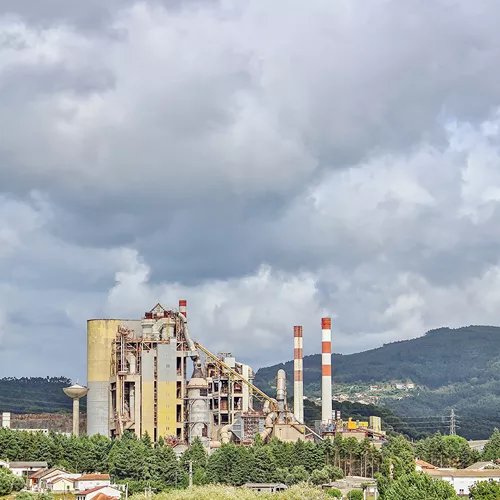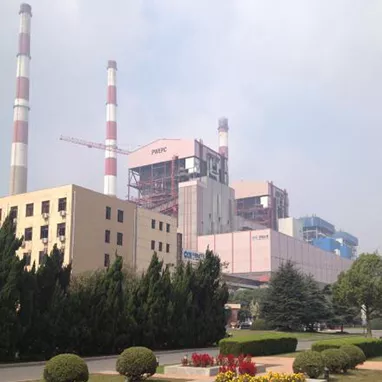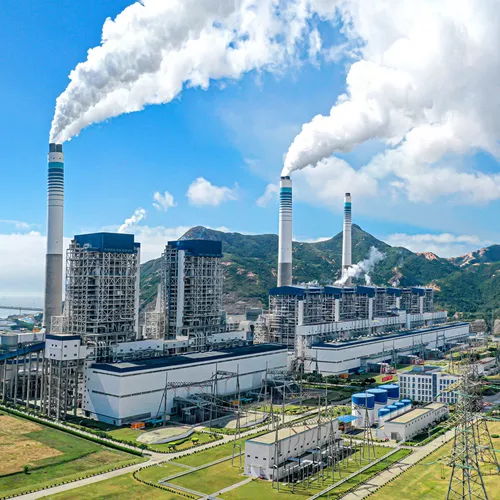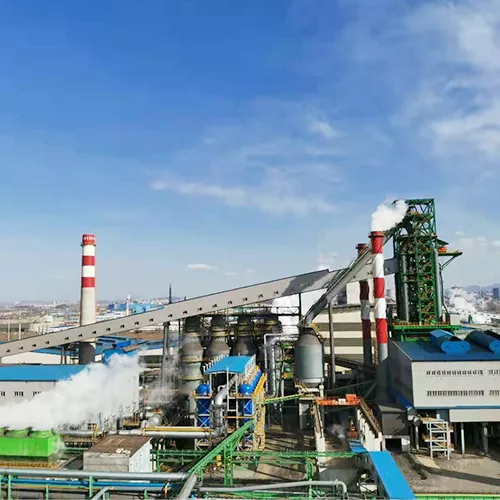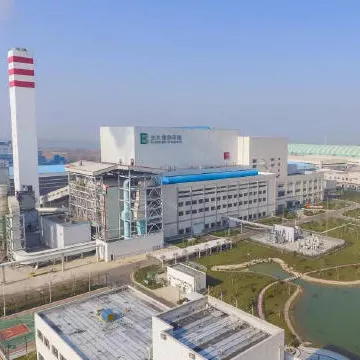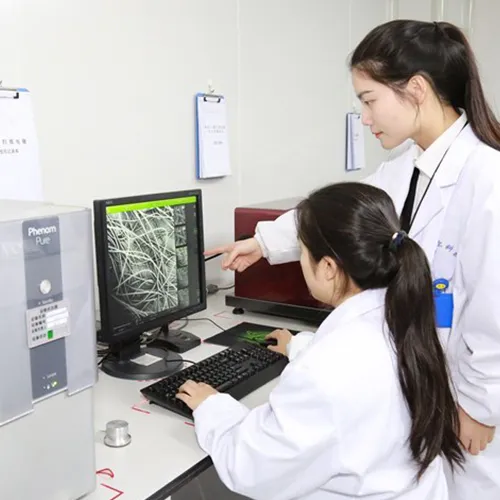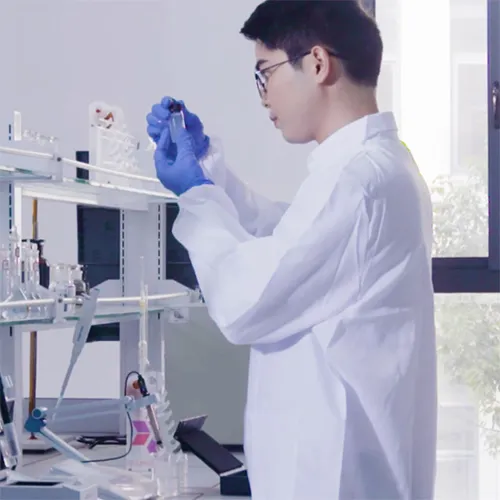¿Cuál es el potencial de aplicación de los catalizadores de desnitrificación en equipos de protección ambiental?
Los catalizadores de desnitrificación se utilizan principalmente para eliminar óxidos de nitrógeno (NOx) de los gases residuales industriales, que son una de las principales fuentes de contaminación del aire y pueden causar problemas ambientales como lluvia ácida, smog fotoquímico y neblina. A través de la tecnología de reducción catalítica selectiva (SCR), los catalizadores de desnitrificación pueden hacer reaccionar los NOx con agentes reductores (como amoníaco o urea) para generar nitrógeno y vapor de agua inofensivos, lo que reduce significativamente la contaminación ambiental.
El uso de catalizadores de desnitrificación puede mejorar significativamente la eficiencia de desnitrificación, llegando generalmente a más de 90%, lo que es esencial para cumplir con los estándares ambientales cada vez más estrictos. En industrias altamente contaminantes como las centrales térmicas, la aplicación de catalizadores de desnitrificación Ha reducido en gran medida la concentración de emisiones de óxido de nitrógeno, ayudando a las empresas a cumplir con las regulaciones ambientales nacionales y evitar multas o restricciones debido a emisiones excesivas.
1. Principio e importancia de los catalizadores de desnitrificación
Los catalizadores de desnitrificación son el componente principal de la tecnología SCR (reducción catalítica selectiva). Su principio de funcionamiento es reducir el NOx de los gases de combustión a nitrógeno (N2) y agua (H2O) inocuos mediante la acción de catalizadores específicos. Este proceso no solo es eficiente, sino también fácil de operar y puede llevarse a cabo a temperaturas más bajas, normalmente entre 200 °C y 400 °C.
Los catalizadores de desnitrificación desempeñan un papel muy importante en las emisiones de la producción industrial. Pueden reducir significativamente el contenido de NOx en las emisiones industriales y reducir la generación de contaminantes atmosféricos, mejorando así la calidad del aire y protegiendo la salud humana. La aplicación de catalizadores de desnitrificación también ayuda a las empresas a cumplir con las regulaciones ambientales más estrictas y a mejorar su imagen corporativa y su responsabilidad social.

2. Amplia aplicación de catalizadores de desnitrificación en equipos de protección ambiental.
La aplicación de catalizadores de desnitrificación en equipos de protección ambiental ha sido muy extensa. En la industria energética, las centrales eléctricas de carbón son una de las principales fuentes de emisiones de NOx. Mediante la instalación de un sistema de desnitrificación SCR y el uso de un catalizador de desnitrificación eficiente, la concentración de NOx en el gas de combustión de la central eléctrica se puede reducir significativamente para cumplir con los estándares de protección ambiental nacionales y locales.
La industria química también es un área de aplicación importante para los catalizadores de desnitrificación. Muchos procesos de producción química generan gases residuales que contienen NOx. Si estos gases residuales se descargan directamente a la atmósfera, causarán una grave contaminación al medio ambiente. Al adoptar la tecnología de desnitrificación SCR y seleccionar los catalizadores de desnitrificación adecuados, estos gases de escape se pueden tratar de manera efectiva y lograr emisiones estándar.
Además de las industrias energéticas y químicas, las fundiciones de metales, la fabricación de vidrio y otras industrias también están utilizando activamente catalizadores de desnitrificación para reducir las emisiones de NOx. Los esfuerzos conjuntos de estas industrias han aprovechado al máximo el potencial de aplicación de los catalizadores de desnitrificación en equipos de protección ambiental.
3. Tendencias de desarrollo futuras y desafíos de los catalizadores de desnitrificación
Con la mejora continua de los requisitos de protección del medio ambiente y el avance continuo de la tecnología, Catalizadores DeNOx En el futuro, la industria de la desnitrificación se enfrentará a más oportunidades y desafíos de desarrollo. Por un lado, la demanda del mercado de catalizadores de desnitrificación eficientes y de bajo costo seguirá creciendo; por otro lado, la investigación, el desarrollo y la aplicación de nuevos catalizadores seguirán impulsando el desarrollo de la tecnología SCR.
El desarrollo de catalizadores de desnitrificación también enfrenta algunos desafíos. En primer lugar, existen diferencias en la composición de los gases de combustión y en los estándares de emisión en diferentes industrias y regiones, y es necesario desarrollar catalizadores más específicos para satisfacer necesidades específicas. La vida útil y la estabilidad del catalizador también son factores importantes a considerar. Después de un funcionamiento a largo plazo, el catalizador puede fallar debido a la deposición de carbono, el envenenamiento y otras razones, y necesita ser reemplazado o regenerado regularmente.
4. Conclusión
El potencial de aplicación de los catalizadores de desnitrificación en equipos de protección ambiental es enorme. No solo puede reducir significativamente el contenido de NOx en las emisiones industriales, sino que también promueve que las empresas cumplan con regulaciones ambientales más estrictas y mejora la imagen corporativa y la responsabilidad social. En el futuro, con el avance continuo de la tecnología y el crecimiento continuo de la demanda del mercado, los catalizadores de desnitrificación se aplicarán y desarrollarán en más campos.






